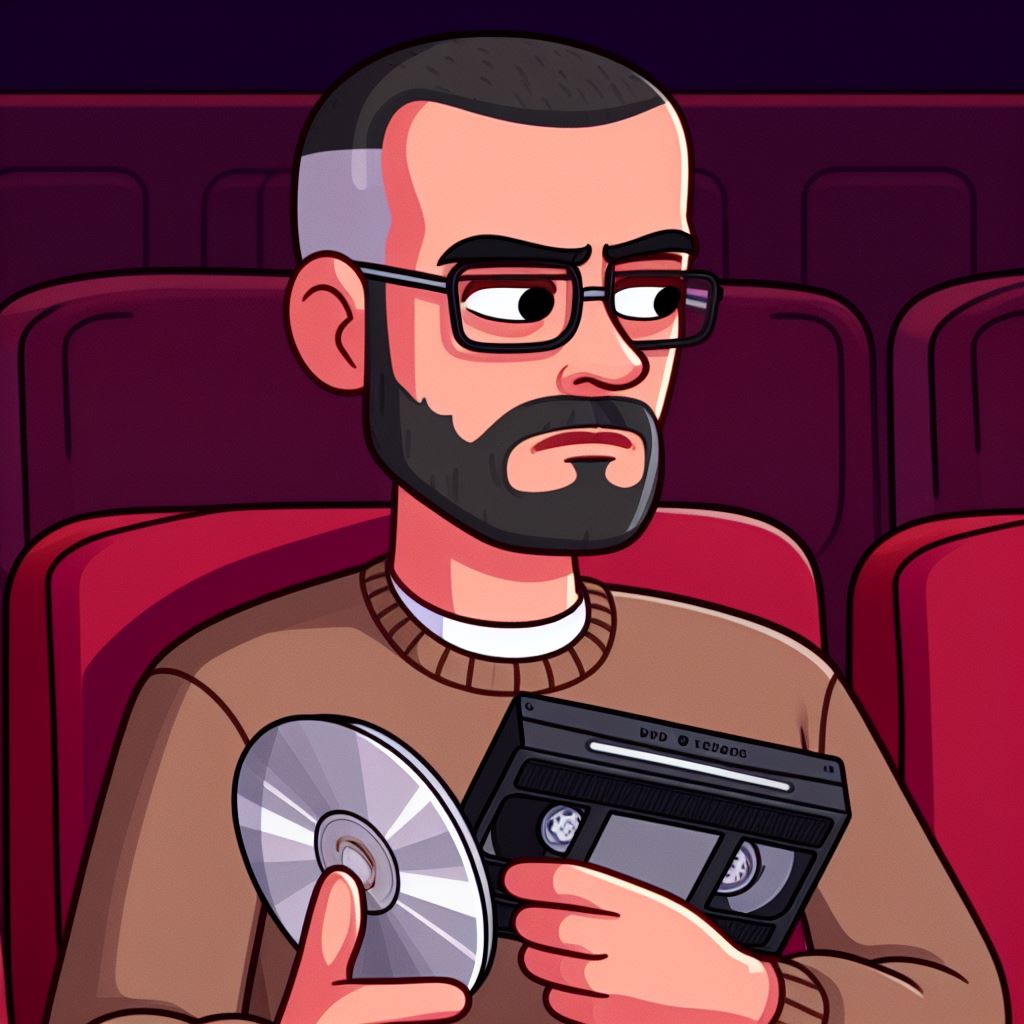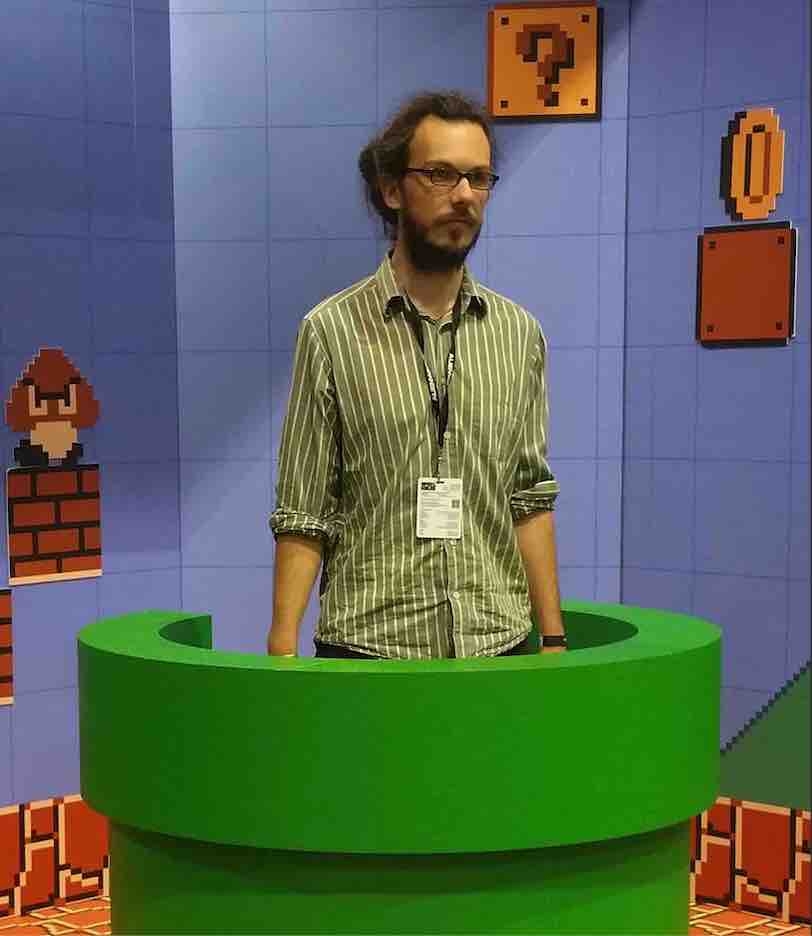- cross-posted to:
- dataisbeautiful@mander.xyz
- cross-posted to:
- dataisbeautiful@mander.xyz
This is a graph of how much people spend to watch each movie. If it was a graph of how Hollywood relies on sequels, it should show how much money they spent per movie.
All this shows is that people are spending their money on sequels. If people want that to change, they should spend their money on originals.
Wouldn’t Endgame be more of a Part 2 than a sequel?
What’s the difference?
The implication is whether it’s a standalone story or not.
As example, Alien 3 is certainly a sequel to Aliens, because at the end of Aliens the story wraps up nicely and is “finished” - we don’t need more.
Dune 2 is more of a continuation of Dune, however because it’s the next part of the same unfinished story.
The important part from the planning and development perspectives is that Avengers, Dune, and Lord of the Rings etc were always written to be several parts from the beginning.
Its the difference between “That movie made loads of money, let’s make another one” and “This story is really long, we need to do it in three parts”
let’s not act like they’re always mutually exclusive. the hobbit didn’t need to be more than a single movie.
Oh yeah, for sure.
It’s undeniable that sometimes producers will intentionally choose to “spread out” an idea into multiple movies when it could be one, specifically because they know it’s a lucrative IP and they figure they can make more money that way.
I didn’t touch on that because my comment was getting long enough already, but personally I’d consider those as something of a ‘middle ground’ between an unplanned and financially motivated sequel, and a truly planned and needed continuation.
Explained that a hell of a lot better than I could have, thank you.
All of the MCU movies are sequels to the first Iron Man
Not according to the criteria in that graph.
It would be more damning if they said “part of a franchise”.
I’d say the the Marvel franchise was one long interconnected story that ended with err Endgame. Everything after that feels pointless. 😁
Definitely searching for a point. I have enjoyed GotG3 and DS2, Shang-Chi had a lot of promise but blew it in the finale and while Thor: Love and Thunder was flawed it was still good fun.
As I’ve said before - they need to get back to making good movies with stories people want to tell and do the franchise building as an extra. Following Endgame they seemed to reverse that and franchise building became the most important thing. Luckily, it looks like.James Gunn knows this and isn’t going to make the same mistake at DC (although the number of characters popping up in Superman has me a bit worried).
It would be more damning if they said “part of a franchise”.
For sure, but part of what the MCU “unlocked” was a non-linear franchise, where it’s not just sequels or prequels but an arbitrary network of films that connect in some way or another. Thus all of the MCU films.
The thing though, I suspect, is that a sense of linearity in the overall story was actually pivotal to the Ironman-Endgame era of the MCU. There was always a sense of the whole thing pushing in a single general direction. And post Endgame, that sense disappeared and Marvel frankly kinda shat the bed on recreating it in some way.
So given that, and the way IronMan/RDJ was the single linear thread through the whole thing, along with the rest of the “the band”, I think it makes a lot of sense to treat that sprawl of films as a giant series of sequels.
Those criteria are not indicative of a sequel. For example, Star Wars Episode IV would be considered a sequel by this metric. As would Indiana Jones: The Last Crusade. Meanwhile the first Avengers movie is, if nothing else, a sequel to Thor, Captain America, and Iron Man. Yet it doesn’t count by these criteria.
Even the ones that don’t include Iron Man?
These are loose definitions of “sequel”. This would mean that every story is a “sequel” to the Epic of Gilgamesh.
That’s a lot of sequels.
Did you miss Marvel’s The Avengers and Avengers: Age of Ultron?
No, I enjoyed both of those. But since neither of those were actually labeled on the chart as a sequel, I brought up the one movie that was.
What does the vertical axis display?
Each column is the top 10 films of a single year. They seem to increase in box office takings as you go up the column.
entering data is beautiful mode …
It’s not a basic 2D graph. And honestly it generally works, especially as the bubble size gives a clear enough sense of the actual box office takings.
It could be 2D though, with the vertical axis representing box office, and that’d probably work too, but it wouldn’t be as aesthetically pleasing.
2013 and 2017 seemed particularly bad …
From box office mojo, the listings were (https://www.boxofficemojo.com/year/2013/?grossesOption=calendarGrosses)
2017
- Star Wars: Episode VIII - The Last Jedi
- Beauty and the Beast
- Wonder Woman
- Guardians of the Galaxy Vol. 2
- Spider-Man: Homecoming
- It
- Thor: Ragnarok
- Despicable Me 3
- Logan
- The Fate of the Furious
2013
- Iron Man 3
- The Hunger Games: Catching Fire
- Despicable Me 2
- Man of Steel
- Monsters University
- Frozen
- Gravity
- Fast & Furious 6
- Oz the Great and Powerful
- Star Trek Into Darkness
Wait till they get to Isekai levels of naming…









